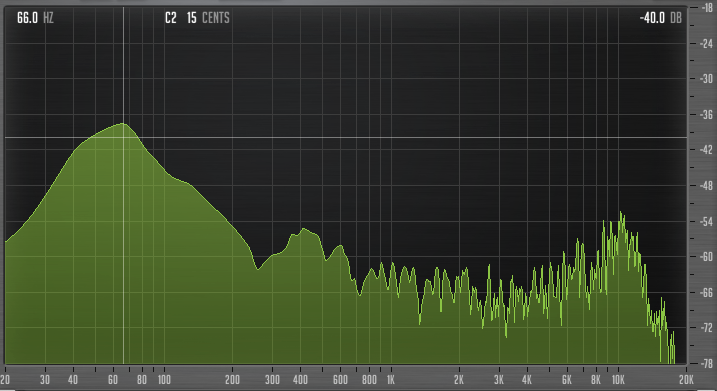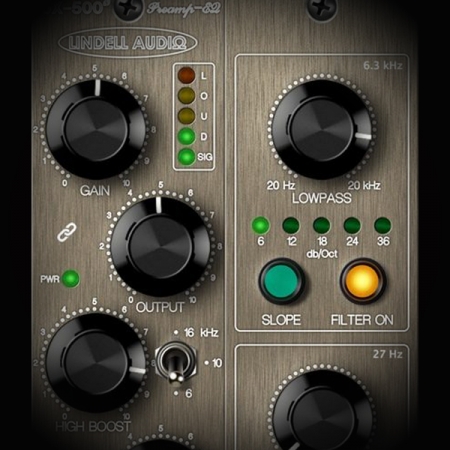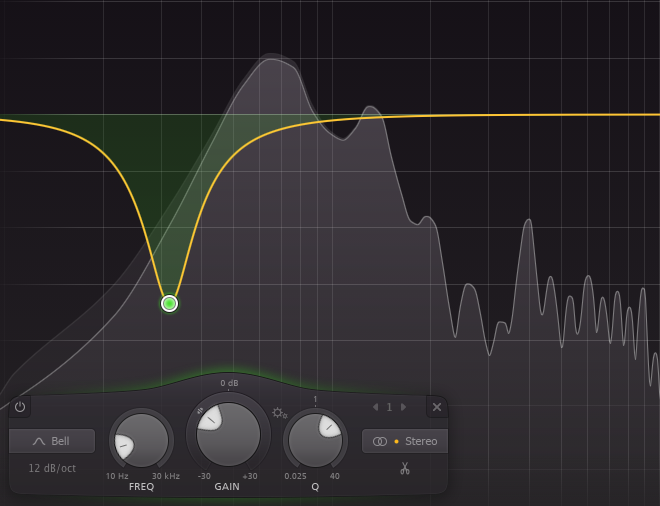
Stimming: Reference master level when adjusting to attain a loud master ( skip to 14:13 to hear the tip) Today we’ve collected advice on doing kick/bass mixdowns from successful producers – not some random YouTuber claims to “personally know” Diplo – so listen up. If their music didn’t sound clear on big systems, their career could be at risk. Producers who got big making tracks in their bedroom, but who get booked because their music sounds great on big sound systems.

There are experts who have taken on this challenge before.

There must be a better way, right? Today’s article is a set of tips from experts on solving this exact issue. Bottom line, the mixdown is taking too long. So, buckle up because we’re getting this show on the road.Trying to perfect a kick/bass mixdown and it’s going nowhere? It’s hard to tell what you’re hearing because your neighbors have asked you to wear headphones, or your studio monitors aren’t properly acoustically treated. However, most professionals agree that providing “complementary equalization” between the kick and bass is crucial. I’ve seen a lot of tutorials that don’t emphasize this enough… Since percussive sounds are DENSER in nature, we need to put some effort into “cleaning them up”. In other words, we won’t be able to hear it it won’t “cut”. If you’ve been following my other tutorials, you should know by now that when instruments occupy the same space…Īs a result, one of our tracks will “get lost” in the mix. Why is it so important? It’s quite simple…īoth of these instruments produce fundamental frequencies in the same “region” of the frequency spectrum.

Understanding the relationship between the kick drum and a bass guitar is of the utmost importance. If you haven’t checked out my tutorial on how to EQ a bass guitar, please do so. We want your listeners to FEEL THE IMPACT, so today we’re learning how to EQ a kick drum.

As the foundation of your project, mixing drums that “cut” is essential to achieving professional results.


 0 kommentar(er)
0 kommentar(er)
